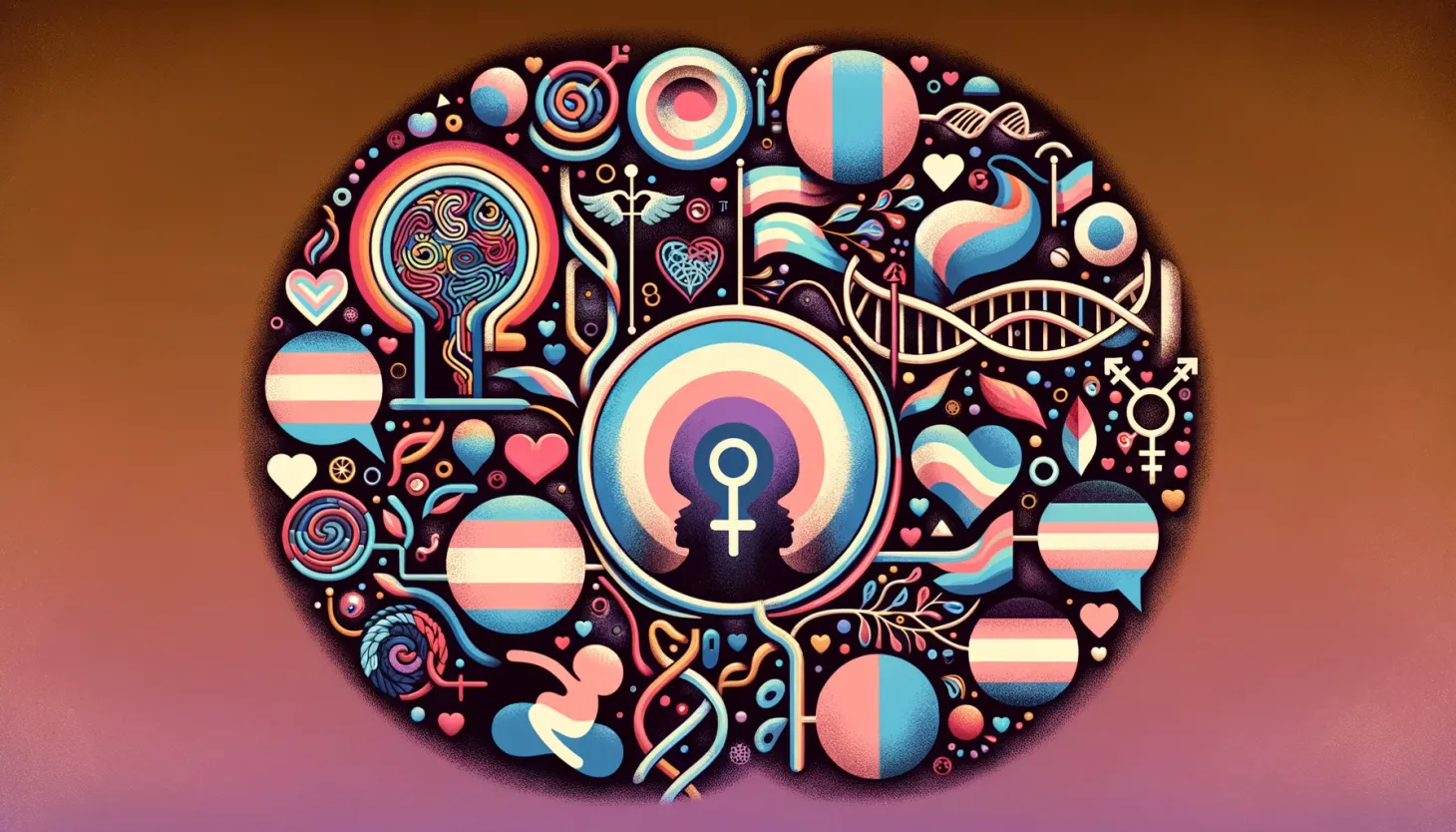Exploring "Woke" Topics with ChatGPT
Today's society is struggling with complex issues of identity and inclusivity. What are the new norms of language and behavior around these areas? Let's see what ChatGPT has to say and how it handles these nuanced topics.

Beyond this wall lies a hidden archive.
Become a supporter to unlock it all.
SubscribeAlready a member? The door is open— come in.